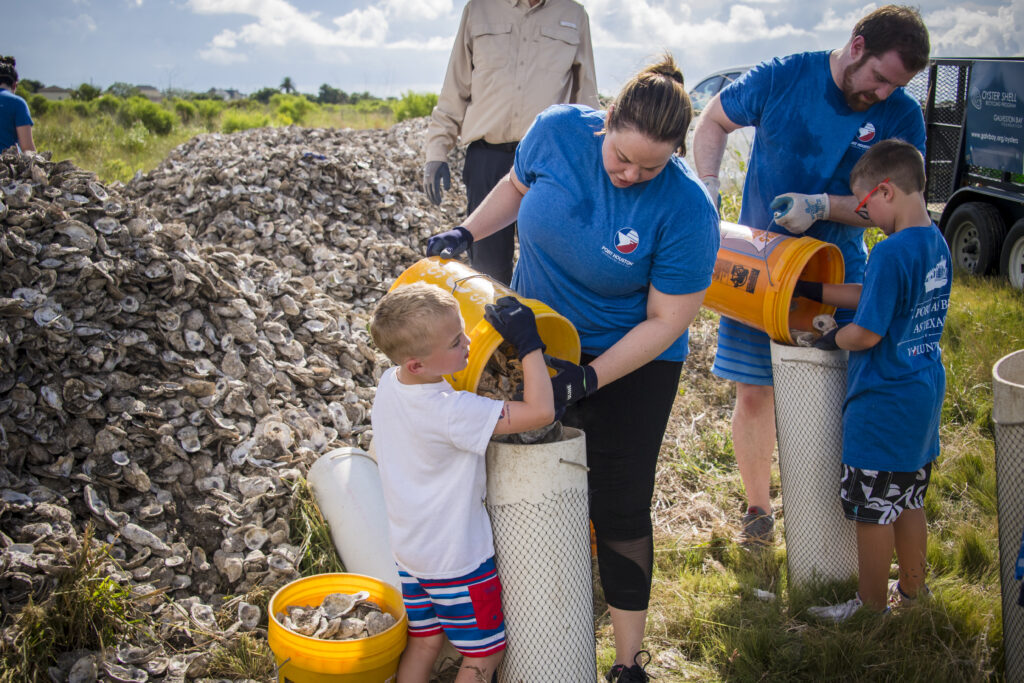Did you know oysters play a vital role in helping marine ecosystems function properly? Oysters are widely enjoyed for their exceptional taste and health advantages, but they also provide numerous environmental benefits. These bivalve mollusks thrive in saltwater and brackish environments and are known as the “ocean's vacuum cleaner.”
Oysters deliver a host of environmental benefits, starting with their remarkable ability to purify as much as 50 gallons of water daily by extracting nutrients from the bay and returning clean water to it. This process hinges on oysters absorbing nitrogen from the water, contributing significantly to ecosystem cleanliness. Moreover, their presence establishes a sturdy foundation on the bay's seabed, creating an ideal habitat for other organisms like mussels, barnacles, and sea anemones to flourish.

Furthermore, oyster reefs act as natural defenses, resisting tidal currents and serving as protective barriers during storms and hurricanes. This safeguarding role is particularly vital for Galveston Bay, one of the largest estuary systems in the United States, which receives support from the Galveston Bay Foundation (GBF). GBF collaborates with diverse organizations sharing a common goal of preserving and safeguarding Galveston Bay, the home of the Houston Ship Channel. Port Houston's decade-long partnership with GBF contributes to regional environmental awareness and conservation initiatives.
The GBF is a crucial player in the oyster rehabilitation process, and Port Houston participates in its Oyster Shell Recycling Program. With a specific focus on Eastern oysters, the GBF collects shucked oyster shells from nearby restaurants and transports them to a 1.5-acre area in Seabrook, TX. The ownership of this specific property lies with Port Houston, but it has been leased out to GBF for a mere $10 per year as part of our support toward their cause. After the shells have been dried by the sun, the GBF team and volunteers utilize them to construct fresh oyster habitats. These habitats are then returned to the Bay, where they rejuvenate during the spawning season, which typically lasts from late spring to late fall. In the Gulf of Mexico, however, this season occurs year-round due to the warm water. This process results in a healthier bay for local communities.
Currently, the Houston Ship Channel is undergoing an expansion, known as Project 11, which involves widening the waterway by 170 feet along Galveston Bay. Project 11 will enhance navigation safety and prepare the channel for the future which includes careful consideration of the environment. The Port Houston team is working closely with our partners to construct approximately 324 acres of replacement land for oyster pads using dredged material from the Galveston Bay expansion project and a layer of cultch material approximately six inches thick. These new reef pads will provide a habitat for these water-dwelling invertebrates and continue to promote their growth. As these oysters settle at the bottom of the Bay, they will continue to build reef structures, some of which may be harvested in areas that support the oyster fishery industry. This industry is a significant contributor to the Texas economy, generating approximately nine million US dollars annually and supporting local jobs.
The next time you savor oysters during a meal, consider the numerous advantages these tiny creatures offer.

